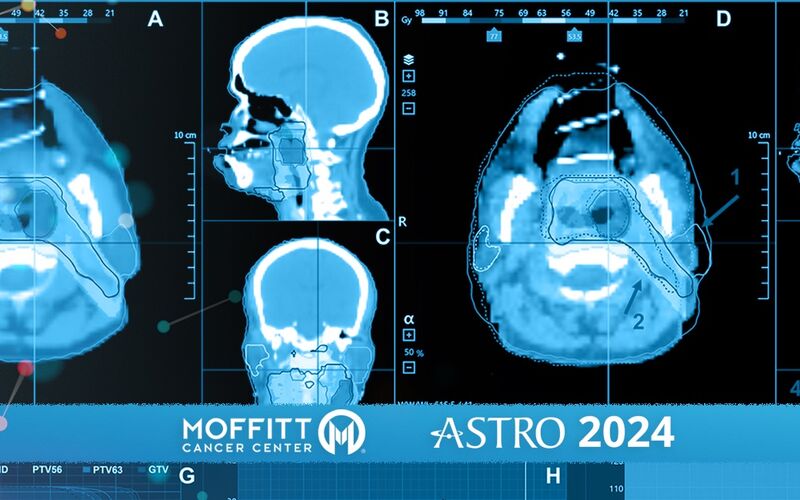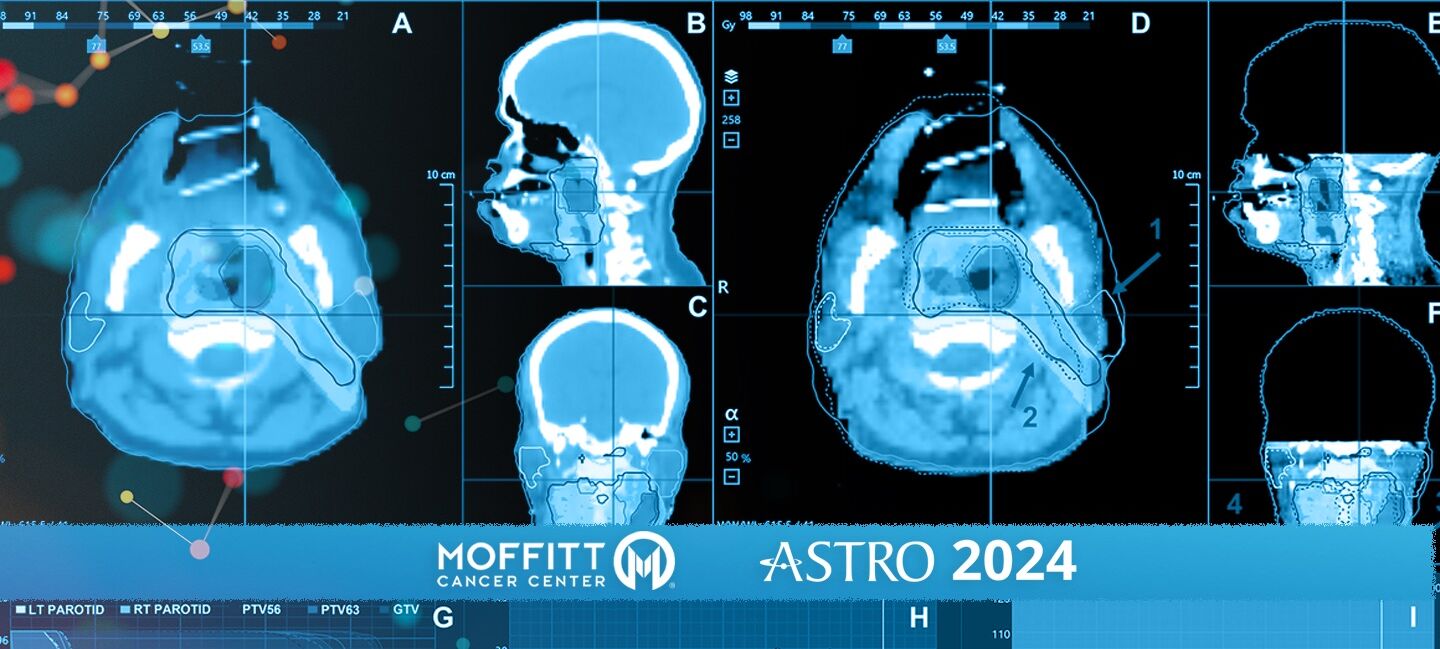How Online Adaptive Radiotherapy Can Help Treat Head and Neck Cancer
Doctors are always looking for better ways to treat cancer, especially in places like the head and neck. One new method is called online adaptive radiotherapy. Doctors can change treatment plans based on a patient’s anatomy on the day of treatment. A recent study explored how this method can help give less radiation while still targeting the cancer effectively.
Results of the study were presented at the 2024 American Society of Radiation Oncology annual meeting.

Nour Nasser, PhD
“Patients are going to come for three to four weeks of treatment sometimes,” said Nour Nasser, PhD, a medical physics resident in the Radiation Oncology Department at Moffitt Cancer Center and lead author of the study. “A patient’s anatomy might differ from the simulation treatment day, where a CT scan is done and anatomy is defined, to the treatment day that could be days to a few weeks later.”
The study looked at 10 patients with head and neck cancer who received a special type of treatment called sequential boost plans. These plans deliver a higher dose of radiation to the cancer while trying to protect nearby healthy tissues.
Researchers wanted to see if they could safely reduce the area around the cancer that gets radiation called the planning target volume, or PTV, margin. By using special imaging technology called cone-beam CT, doctors can see the patient’s anatomy of the day and adjust their treatment accordingly.
They also made sure that even when they reduced the PTV margins, the cancer area still received the right amount of radiation. This is important for ensuring the treatment works. By reducing the PTV margins from 5 millimeters to 0 millimeters, they found that they could reduce radiation to healthy tissues significantly. For example:
- From 5 millimeters to 3 millimeters: 6% less radiation
- From 5 millimeters to 2 millimeters: 10% less radiation
- From 5 millimeters to 1 millimeter: 13% less radiation
- From 5 millimeters to 0 millimeters: 22% less radiation
This means patients could receive the accurate and precise treatment to the disease with less damage to the healthy parts of their bodies.
“We want to treat the disease while minimizing the side effects to healthy tissue,” Nasser said.
As researchers continue to study and improve cancer treatments, methods like online adaptive radiotherapy are showing great promise. By adapting treatments each day, doctors can provide safer and more effective care for patients battling head and neck cancer.




